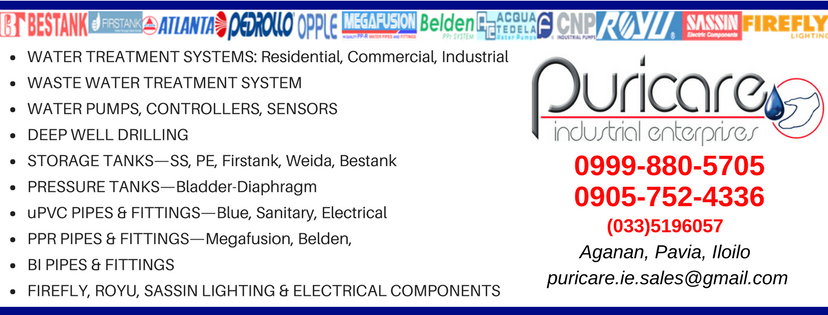.................................................................................................................................................
Pipe and Tube Bending
 Principles of Pipe and Tube Bending
Principles of Pipe and Tube Bending
Tube
bending is a metal forming process used to permanently shape pipe or tubing.
Bending
is an important part in the process of manufacturing industrial pipe and
tubing.
Pipe
can be bent into single or multiple bends and angles depending on what is
required by the application.
There
are a number of processes used to bend pipes dependent on what the pipe is
going to be used for.
Uses
for pipes and tubes when bent are both structural; for example,
handrails, handlebars, frames for cars, and furniture, or for transporting
gases and liquids, such as water lines, hydraulic systems, and exhaust lines.
What Happens when Pipe is Bent?
As
a process tube bending starts with loading a tube into a pipe bender and
clamping it into place between two dies, the clamping block and the forming
die.
The
tube is also loosely held by two other dies, the wiper die and the pressure
die.
Bends
are made by forcing tube against a die to make it change shape. Other methods
include pushing a pipe through rollers to force it into a curve.
If
you are bending pipes or tubes you need to take note of the following
considerations:
1.
Size and wall thickness of the work piece
2.
Materials to be bent
3.
Number of bends in the part
4.
Proximity of the bends to one another (distance between bends,
if any)
5.
Plane of bend relationship to one another
6.
Production rates
7.
Finished part tolerances (such as for wall thinning and
point-to-point dimensions)
8.
Centreline radius of the bends
9.
Initial cost of equipment (plus training, service, support,
repair parts, and tooling)
10. Return on
investment
Basic
tools used in pipe bending are:
·
Bend
die – tube bent over to create
angle
·
Clamp
die – holds other side of bend die
in place
·
Pressure
die – holds tube on top of bend
·
Wiper
die – holds tube under bend
When
a pipe is bent the outside wall becomes thinner due to stretching, and
compression of the inside wall causes it to become thicker.
Four
main factors are involved in bending tube:
·
Material – wall thickness
·
Machine
·
Tooling
·
Lubrication needed
Bending Process Types
Basic
tools used in pipe bending are:
·
Bend
die – tube bent over to create
angle
·
Clamp
die – holds other side of bend die
in place
·
Pressure
die – holds tube on top of bend
·
Wiper
die – holds tube under bend
Ram type uses a
hydraulic ram to force metal against rollers. It is the simplest and cheapest
method of tube bending. With ram bending the tube is prone to deform into
oval shapes at the inside and outside of the bend. Pipes made using this
process are used for bending electrical conduit.
Roll bending passes
the pipe through rollers and is used when large bends are required. It causes
very little deformation of the pipe. The roll bending process is used to make
coils of pipe.
Compression Bending is
a simple method that uses a roller to bend the pipe around a bend die. It
is used for bending electrical conduit on construction sights. Compression bent
pipes cannot be used to make bends with a small radius as the pipe may buckle
and brake.
Rotary Draw bending
using die sets and is used for more complex work such as when pipe needs to
have a constant diameter throughout its length. Rotary Draw products are used
to make handrails, ornamental iron work and car chassis.
A Mandrel is used
to shape tubing. The mandrel is placed inside the tube to prevent it from being
damaged and prevent wrinkles and ovalisation. Pipes made with a mandrel are
used to make exhaust pipes, dairy tubing and heat exchanger tubing.
Problems with pipe bending
When
a pipe is bent the outside wall becomes thinner due to stretching and
the inside wall as it is compressed becomes thicker. This can
cause all sorts of problems, including the following:
1.
Wrinkling.
2. Hump on outside of pull off end.
3. Scratches in clamp area.
4. Ball segment bumps in bend area.
5. Scratches on inside of bend area.
6. Tooling marks on centreline.
7. Spring back – too much or too little.
8. Collapse.
9. Tearing.
2. Hump on outside of pull off end.
3. Scratches in clamp area.
4. Ball segment bumps in bend area.
5. Scratches on inside of bend area.
6. Tooling marks on centreline.
7. Spring back – too much or too little.
8. Collapse.
9. Tearing.




